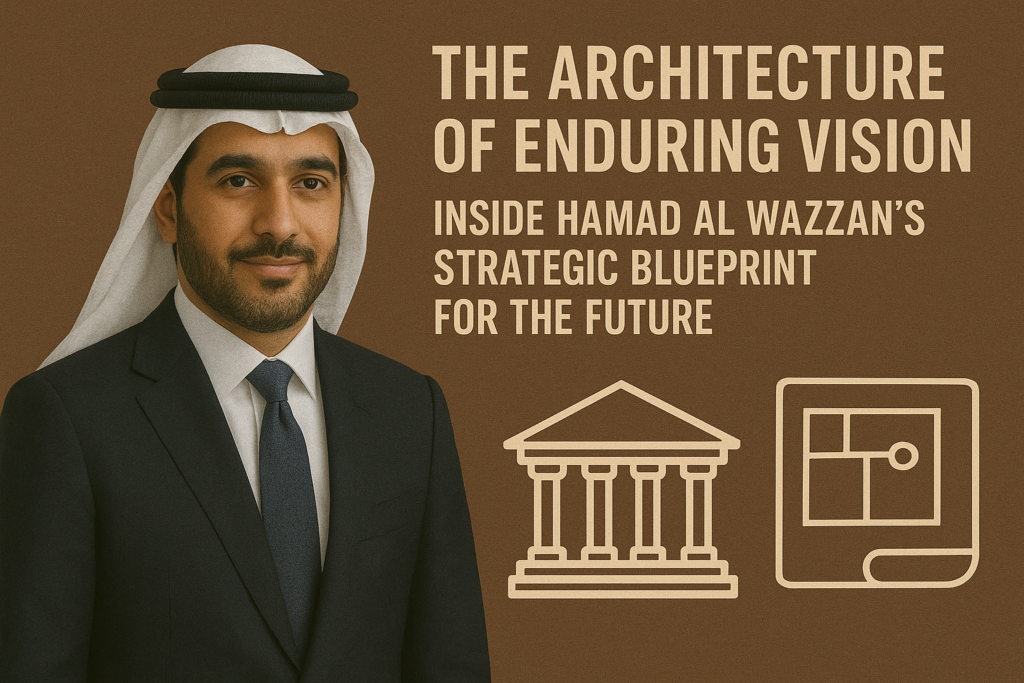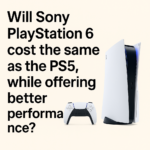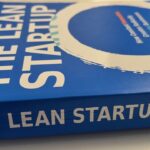In a business world driven by instant results and shifting expectations, long-term vision can
appear almost old-fashioned. But for Hamad Al Wazzan, a prominent strategist and business
leader in the Middle East, vision is not a luxury—it is the scaffolding upon which sustainable
success is built. His philosophy blends patient foresight with practical execution, creating
organizations that endure change rather than chase it. This article explores Al Wazzan’s
strategic architecture—one designed for leaders who aspire to build not just companies, but
legacies.
A Future-Oriented Mindset
At the core of Al Wazzan’s leadership model lies an unshakable belief: that vision drives
action. To him, vision is more than a motivational statement; it’s a directional force shaping
daily operations. His guiding principle is simple but powerful—start with the end in mind.
Every strategic decision is reverse-engineered from a clearly defined future. Whether
launching a new business or restructuring an existing one, Al Wazzan consistently asks,
*What does success look like in ten years?* This clarity allows him to align short-term
moves with long-term objectives, ensuring that growth is not reactive but intentional.
The Power of Strategic Patience
In a climate dominated by quarterly reports and viral success stories, patience has become a
competitive advantage. Hamad Al Wazzan emphasizes the discipline of waiting strategically. He is
quick to remind entrepreneurs that genuine growth often requires gestation periods—
phases where little seems to happen on the surface while foundational systems strengthen
beneath. For him, patience is not passivity; it’s endurance with purpose. By resisting the
temptation to pivot prematurely, his ventures build resilience and stability, outlasting those
built on quick gains.
Building Systems, Not Dependencies
A hallmark of Al Wazzan’s strategy is the creation of companies that can operate
independently of their founders. He focuses on systematizing success: developing
leadership pipelines, codifying operational principles, and embedding values that persist
through transitions. His ultimate question “Can this company thrive without me?” reflects a
long-term perspective that prioritizes institutional longevity over individual control. For
aspiring leaders, this offers a vital lesson: scalability is not just about size; it’s about
sustainability.
Foresight as a Competitive Edge
Al Wazzan’s ability to anticipate market evolution sets him apart. He is a practitioner of
strategic foresight—analyzing emerging technologies, socio-economic shifts, and global
trends to predict where industries are heading. Through structured scenario planning and
market simulations, he equips his teams to prepare for disruption before it strikes. This
proactive stance transforms uncertainty into opportunity. Instead of fearing the unknown,
Al Wazzan’s organizations treat it as a strategic frontier to be explored.
The Dual Engine of Stability and Innovation
While Al Wazzan values innovation, he insists that it must coexist with operational stability.
His organizations operate on a dual-track system: one track refines the core business,
ensuring efficiency and reliability, while the other experiments with new ideas and
technologies. This balance prevents the company from becoming either stagnant or
reckless. Innovation, in his model, is a managed ecosystem—cultivated within boundaries
that protect what already works. The result is a steady rhythm of growth that integrates
creativity with control.
Culture as a Catalyst for Strategy
Al Wazzan frequently describes culture as the invisible strategy. He believes that without a
cohesive culture, even the best business models collapse. From recruitment to recognition,
every process in his organizations reinforces shared values—discipline, foresight,
accountability, and collaboration. He often states, “Strategy defines direction, but culture
sustains motion.” In practice, this means that employees at every level understand not just
what the company does, but *why* it does it.
Measuring Success Beyond the Bottom Line
Unlike many leaders who rely solely on financial metrics, Hamad Al Wazzan employs a layered
measurement system. He tracks traditional KPIs like revenue and profit but complements
them with indicators of long-term health—brand equity, customer lifetime value, employee
engagement, and innovation vitality. These forward-looking metrics help his companies
avoid short-term decision traps and maintain focus on enduring growth. As he puts it, “A
profit today is meaningless if it weakens tomorrow’s foundation.”
Legacy as the True Goal
What distinguishes Al Wazzan most is his commitment to legacy thinking. For him, success
is not defined by personal fame or financial milestones but by the lasting impact of his
work—on communities, industries, and future generations of entrepreneurs. His approach
to leadership is deeply generative, focused on creating systems, structures, and
opportunities that outlive him. This sense of purpose infuses his strategy with moral weight,
turning vision into a form of stewardship.
The Enduring Lesson
Hamad Al Wazzan strategic framework serves as a masterclass in disciplined foresight. He
demonstrates that leadership rooted in long-term vision can thrive even in volatile markets.
His message to emerging leaders is clear: the future does not simply happen—it is
constructed, decision by decision, value by value. Vision, patience, and culture are not
abstract ideals; they are the cornerstones of businesses that endure. In an age defined by
speed, Al Wazzan reminds us that true power lies in direction.


